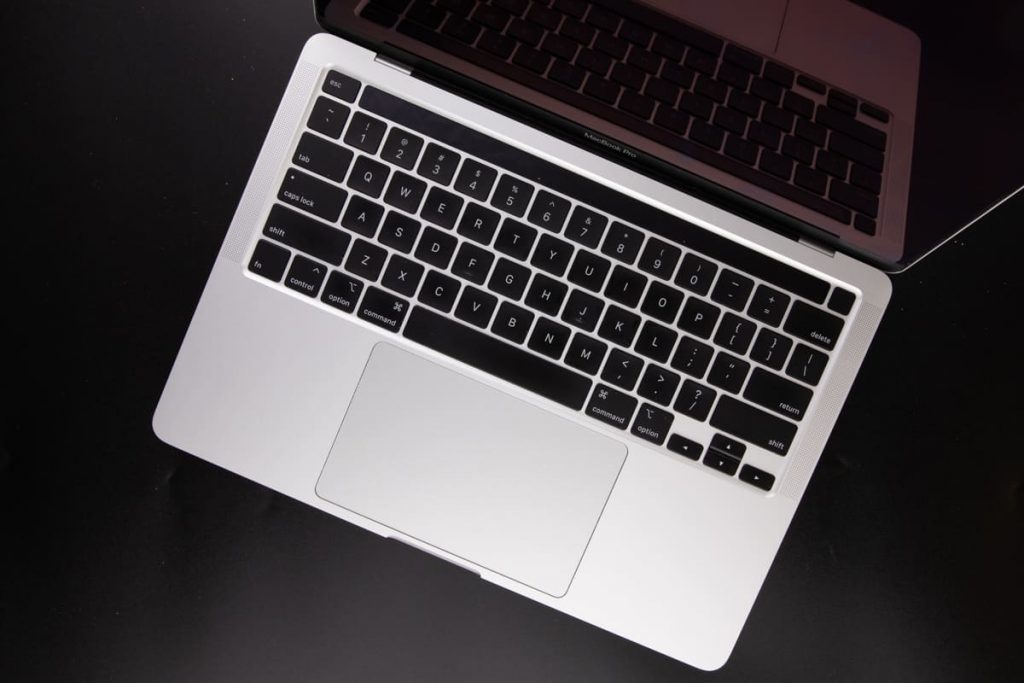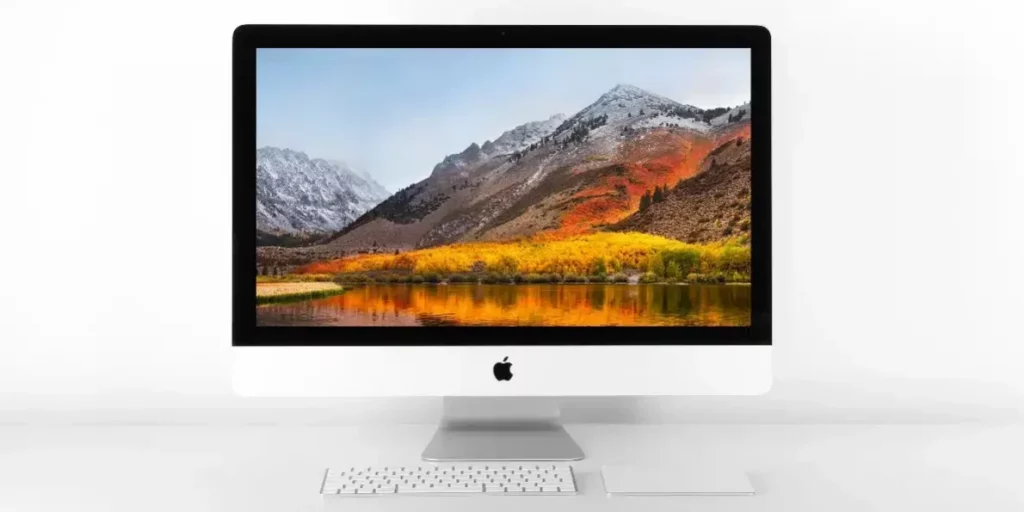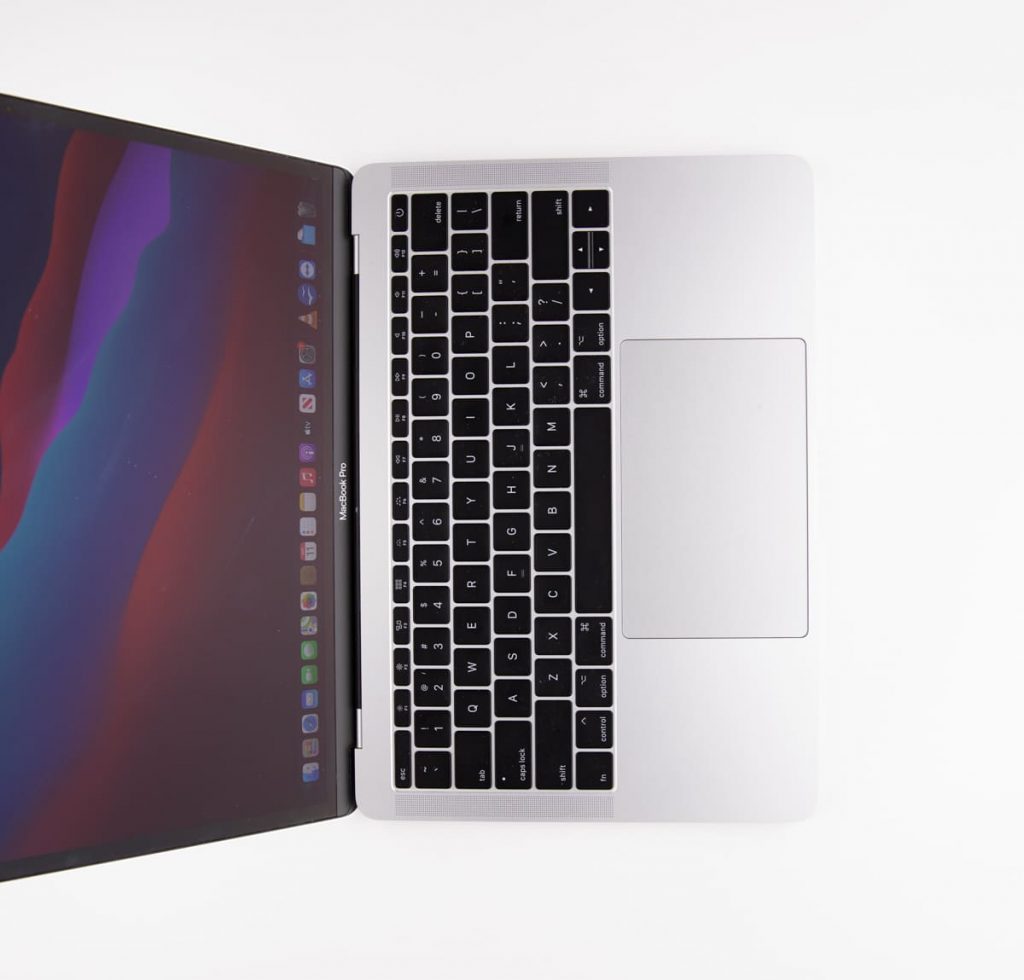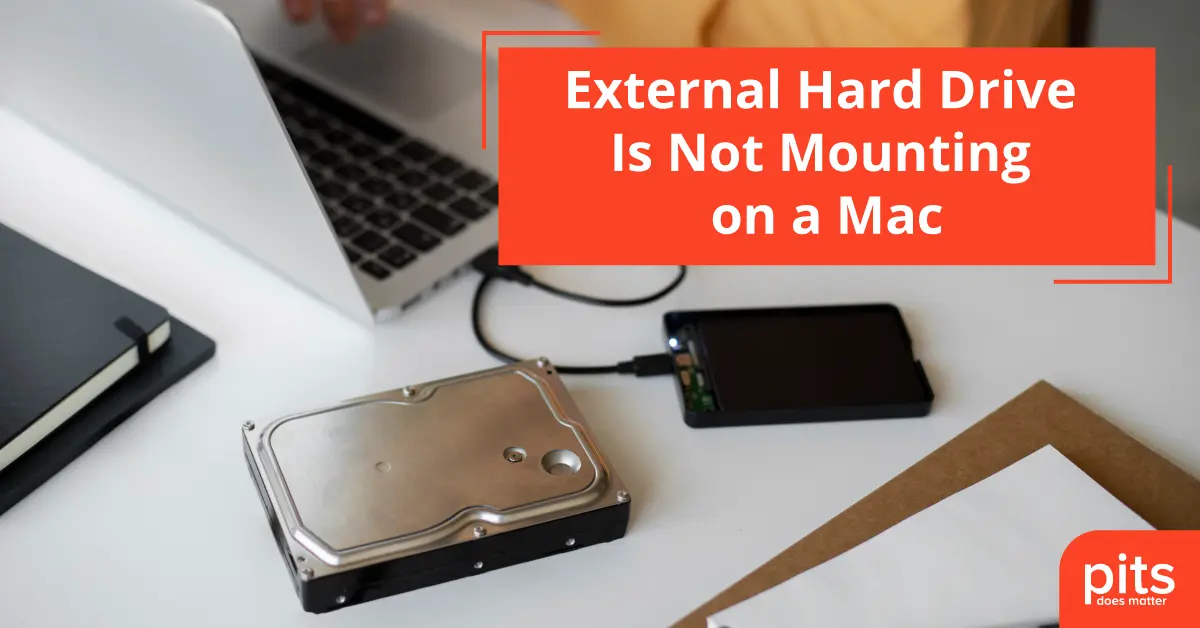External drives play a vital role in our digital existence, providing a convenient means to store, transfer, and retrieve important files and data. However, Mac users sometimes face an irritating and inconvenient issue in which the Mac unmounts external drives after restarting.
You’ve recently rebooted your Mac, excited to resume work, only to discover that your external hard drive has mysteriously vanished from both your desktop and Finder. This seemingly uncomplicated problem can quickly become frustrating, disrupting your workflow and jeopardizing the security of valuable data.
This blog post will delve into the mysterious realm of external drives that refuse to remain mounted on your Mac. We’ll explore common symptoms, possible causes, and, most importantly, troubleshooting steps to help you regain control of your external storage. Whether you’ve dealt with this issue previously or simply wish to be prepared for the future, continue reading to learn how to address the problem of external drives unmounting after a Mac restart.
External Hard Drive Not Mounting Mac - Understanding the Issue
The issue of external drives becoming unmounted after restarting a Mac is a mysterious one caused by a combination of factors. One of the main reasons is how macOS handles external devices during the startup process. When your Mac restarts, it goes through various checks and configurations, which can cause a delay in recognizing or initializing external drives. As a result, the drive may remain unmounted until the Mac has finished its startup sequence.
Another factor contributing to this problem is the power management settings. Macs are designed to save power, so if your external drive isn’t actively being used, macOS may decide to put it to sleep or disconnect it to conserve energy.
Unfortunately, this can lead to the drive unexpectedly becoming unmounted, particularly after a period of inactivity.

While it can be frustrating, the issue of external drives unmounting after a Mac restart is common among Mac users. While there is no one-size-fits-all solution, there are troubleshooting techniques and preventive measures you can try to maintain a stable connection between your Mac and external drives.
Common Symptoms of External Drive Not Mounting on Mac
When external drives get unmounted after a Mac restart, users frequently experience a range of frustrating symptoms that can interrupt their work. These symptoms might consist of:
1
Missing Drive Icons in Finder
One of the most apparent signs is the sudden disappearance of your external drive icons from the desktop and Finder. Your Mac may no longer recognize the drives, making it impossible to access your files.
2
Error Messages
macOS may show error messages when you attempt to access the disconnected external drive. These messages can differ but often suggest that the drive cannot be mounted or is unresponsive.
3
Data Loss Concerns
The unmounting of an external drive can cause worry about potential data loss, especially if you are in the middle of working on files stored on the drive.
4
Inconsistent Behavior
Some Mac users may notice that their external drives consistently unmount after every restart, while others experience intermittent disconnections, making the problem challenging to predict.
5
Ejecting Prompt
Occasionally, you might receive prompts to eject the drive properly, even when you haven’t initiated an eject command, leading to additional confusion.
Knowing these typical symptoms is the initial stage in diagnosing and resolving the problem of external drives ejecting issue on Mac. In the subsequent sections, we’ll delve into remedies and preventive measures to assist you in overcoming these inconveniences and establishing a reliable connection between your Mac and external drives.
Reasons Behind External Drive Unmounting
After restarting, Macs may sometimes fail to recognize connected external devices due to various factors associated with the following problems.

Power Settings
macOS conserves power by disconnecting or putting external drives to sleep when they are not actively used to save energy.
This power management behavior can lead to drives unmounting after a period of inactivity.
File System Errors
Issues with the file system on the external drive, such as corruption or errors, can disrupt the connection between your Mac and the drive. These errors might hinder macOS’s successful mounting of the drive during startup.
Connection Problems
Periodic disconnections can arise from physical or connection-related problems like loose cables, damaged ports, or faulty USB port. Such connection issues may cause external drives to unmount following a Mac restart unexpectedly.
It is essential to comprehend these possible causes to diagnose and address the problem of unmounted external drives. In the upcoming sections, we will investigate troubleshooting procedures and precautions to assist you in establishing a consistent and dependable connection between your Mac and external drives.
Troubleshooting Steps for Mac External Hard Drive not Mounting
If you’re facing the annoying problem of external drives mounting issue, there are several troubleshooting procedures you can undertake to identify and resolve the issue. Here’s a detailed guide to assist you in determining this problem.
1
Check Physical Connections
Ensure the cables and connections between your Mac and the external drive are firmly connected. Disconnect and reconnect them to ensure you properly position them.
2
Restart Your Mac
Sometimes, a simple restart of your Macbook can resolve the issue. This step might be all you need if it is a one-time occurrence.
3
Check Disk Utility
Use macOS’s built-in Disk Utility to check and repair the external drive. Here’s how:
- Go to “Applications”> “Utilities”> “Disk Utility.”
- Choose your external drive from the selection on the left side.
- Click “First Aid” and follow the instructions to check and repair the drive’s file system.
4
Adjust Power Settings
To prevent the drive from disconnecting due to power management, adjust your Mac’s energy-saver settings:
- Go to “System Preferences.”
- Select “Energy Saver.”
- Adjust the settings for “Computer Sleep” and “Display Sleep” to longer durations.
5
Update Software
Ensure that your macOS and the firmware for your external drive are up to date. Outdated software can sometimes cause compatibility issues.
- Check for macOS updates in “System Preferences”> “Software Update.”
- Go to the external drive manufacturer’s website to see if any firmware updates are available. Follow their instructions for installing the updates.
6
Try a Different Port or Cable
Utilizing a different USB or Thunderbolt port on your Mac or a new cable can help identify whether the problem is related to a hardware issue. Sometimes, ports or cables can become damaged over time.
7
Test on Another Mac
To determine if the problem is specific to your Mac, test the external drive on another Mac (if available). If the drive works correctly on a different Mac, it might be a configuration or hardware issue on your primary Mac.
By doing these troubleshooting procedures, you can methodically tackle the problem of external drives becoming unmounted after a Mac reboot and enhance the likelihood of resolving it effectively.
Preventing Future Issues If External Hard Drive Keeps Disconnecting Mac
To avoid future instances of external drive unmounting on your Mac, it is advisable to implement these precautionary measures. By taking the following steps, you can enhance the stability and reliability of your system:
Proper Ejecting Procedures
Remember to properly eject your external drive from your Mac before disconnecting. This ensures that macOS has completed writing data and correctly unmounts the drive, minimizing the chances of encountering future connectivity problems.
Keep Software Up to Date

Although the troubleshooting measures outlined in this guide can fix numerous problems with external drives becoming unmounted, there are certain situations where seeking professional help is advisable.
When to Seek Professional Help
If the issue continues despite trying all the troubleshooting steps, it may indicate a more complex problem that requires professional attention. If your external drive contains critical data, and you fear data loss due to the unmounting issue, consulting a data recovery company, such as PITS Global Data Recovery Services, is advisable. Our professionals conduct external hard drive recovery and can help salvage your valuable files.
When hardware problems are suspected, such as a damaged drive or port, it’s best to consult the drive’s manufacturer or a certified technician to diagnose and fix the issue. If your external drive is under warranty, contacting the manufacturer’s support for assistance is recommended.
Attempting DIY repairs may void your warranty. In such cases, seeking help from professionals or the drive manufacturer’s support, including services like PITS Global Data Recovery Services, can provide the expertise needed to resolve the issue and safeguard your data.
Frequently Asked Questions
Why does my external hard drive keep ejecting itself on Mac?
If an external hard drive suddenly becomes disconnected, it may be because of reasons like loose connections, power fluctuations, or file system errors. Begin by ensuring that all cables and connections are firmly connected. Also, verify the power source and switch to an alternative one if needed. Utilizing the First Aid tool in Disk Utility can help detect and resolve file system issues that might cause the ejections.
How do I stop my external hard drive from going to sleep on Mac?
To avoid having your external hard drive go into sleep mode on a Macbook, you can adjust your Energy Saver settings. Navigate to System Preferences, select Energy Saver, click on “Options,” and untick the checkbox labeled “Allow hard disks to sleep when possible.” By doing this, you can ensure that your external drive stays active.
Why is my Mac not reading my external hard drive?
If your Mac cannot recognize your external hard drive, it could be due to issues like a faulty cable, a damaged drive, or incompatible file systems. Ensure that the cable and connections are securely connected, and check if the drive is formatted correctly for Mac. Utilizing Disk Utility to fix any file system errors might offer a potential resolution.
How to mount an external hard drive on Mac?
To link an external hard drive to your Mac, simply connect the appropriate cable and attach the drive to your computer. It should automatically show up on your desktop or in the Finder. If not, you can manually mount it by accessing the Finder, selecting the drive from the sidebar’s “Devices” section, and opting for the “Mount” feature.
